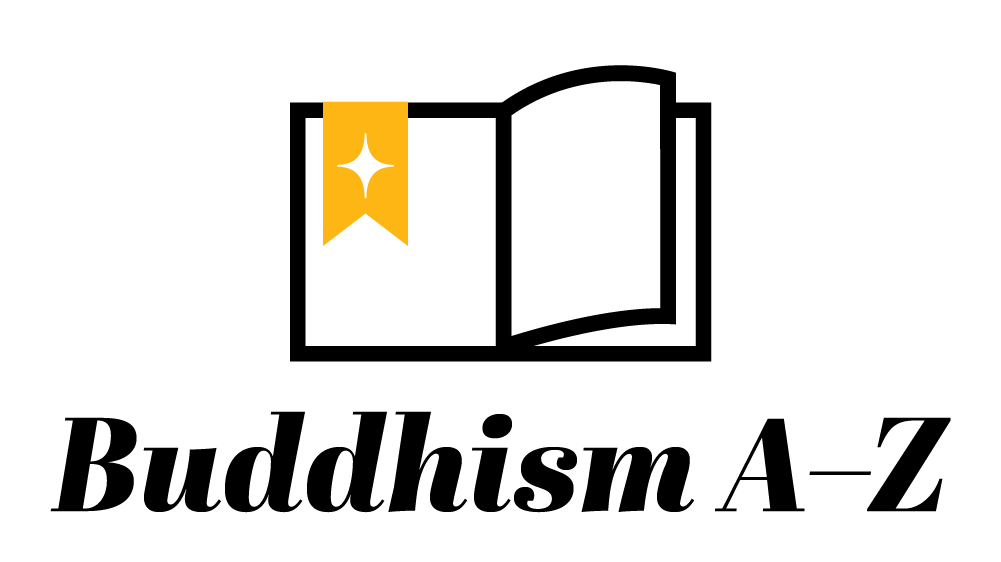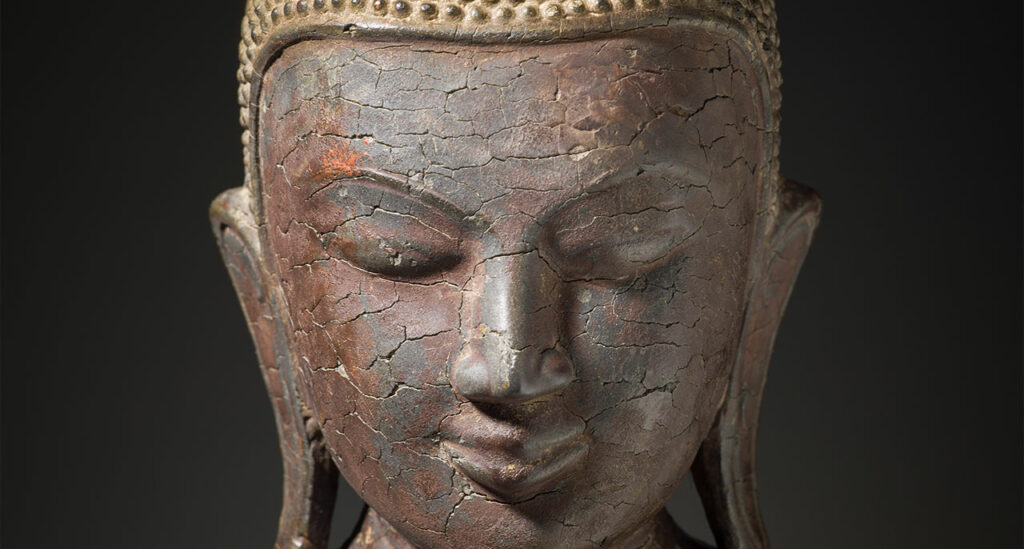The Pali word anatta (in Sanskrit, anatman) is most often translated “no self” or “no soul.” Anatta is one of the Buddha’s most difficult teachings, but it also is a cornerstone of Buddhism. Understanding the concept of no self is critical to understanding everything else the Buddha taught.
We assume there is a permanent essence of “me” that inhabits our bodies throughout our lives. And we may believe that at death this essence continues to exist in some form, either in an afterlife or by transmigrating to a new body to live another life. But the Buddha taught that there is no such permanent essence.
Further, the belief in a permanent essence of self or soul is the primordial ignorance that leads to suffering. We spend life in pursuit of what will please this self, protect it, or even glorify it somehow. Maybe sometimes we get what we pursue, but it never lasts, and we are dissatisfied again. We lie, cheat, scam, assault, and do various other damaging things to other people ultimately because we are trying to protect or gratify the self.
Permanent is the key word here. The Buddha denied a permanent essence of self, but he also denied non-existence. So what are you? Realizing the true nature of the self is what’s called enlightenment, which is not something that can be conveyed in words. But here is a guide to some key Buddhist teachings on the nature of self.
Five Aggregates
According to Buddhism, individuals consist of five aggregates, known as the skandhas, which are essentially collections of parts devoid of a central core. We are a compound of many parts, and as the Buddha famously taught, “All compounded phenomena disintegrate.” Those parts are divided into five categories or aggregates:
- Form: Your physical body, including the eyes, ears, nose, tongue, body, and mind.
- Feeling: Physical and mental sensations, both painful and pleasurable. This includes sight, sound, smell, taste, and touch.
- Perception: This is the aggregate that recognizes. What is recognized may be physical, or sensory, or even an idea. (Note that perception is not the idea itself, but the recognition of it.) It is the mental function of differentiating and identifying.
- Mental Formations: A mental formation is an object created in the mind. This includes thoughts, of course, but more than thoughts. This also includes our likes and dislikes; our biases; our phobias; our predilections. These are mental phenomena that condition or affect our thoughts and behavior.
- Consciousness or awareness: This is an awareness or experience in reaction to something. For example, this awareness connects our sense organs to the things sensed. We look to the sky and see blue; the experience or awareness of blue is the fifth skandha. Note that recognizing the color blue is the action of the third skandha.
The important point here is that these five aggregates are all interrelated processes that are constantly changing to create the experience of being “you.” But none is a self. And all are impermanent.
Three Marks of Existence
Anatta is one of the three marks of existence. The other two marks are impermanence (anicca) and stress or dissatisfaction (dukkha). The Buddha taught that our stress and dissatisfaction come from clinging to impermanent things and not understanding the nature of our own existence. Liberation comes when we clearly perceive the truth of existence.
Buddhism is often accused of being depressing or pessimistic. Buddhists would call it realistic. When we don’t realize the truth of existence we’re stuck on that hamster wheel of chasing things that will relieve our stress and make us feel safe, but those things also are impermanent. So, any such “relief” is short-lived.
It’s also very important not to mistake anatta for nihilism. The Buddha taught that both eternalism (the belief in a permanent self) and nihilism (the belief that this life is all there is) are both mistakes.
Related Reading
No Self, No Suffering
Melvin McLeod breaks down the Buddha’s four noble truths and argues it’s not only the ultimate self-help formula, but the best guide to helping others and benefiting the world.
Experience the Truth of No Self
When we see ourselves as separate, we’re limited, says Rebecca Bradshaw. In experiencing the truth of nonself, we free our hearts and minds.
Transforming Self-Comparison Through No-Self
Eda Ocak reflects on how meditation practice and the Buddha’s message of no-self transformed her habit of self-comparison.
Looking Deeply into Impermanence, No-self, and Nirvana
Thich Nhat Hanh teaches that by looking deeply we develop insight into impermanence and no self. These are the keys to the door of reality.
Healthy Self or No Self?
Modern psychology encourages us to have a healthy sense of self, but Buddhism teaches that the self doesn’t even exist. Barry Magid says there’s no conflict.
Buddhism A–Z
Explore essential Buddhist terms, concepts, and traditions.






